(Prices correct as of today’s date, are updated daily, are subject to change and represent genuine availability at time of update).
Cruise only holidays are financially protected by ABTA. Fly cruise holidays are financially protected by Princess Cruises under ATOL number 6294
Please click here to check the essential travel requirements before booking this cruise.
Want to add a hotel stay or change your flights?
Just call our team of cruise specialists to help build your dream cruise holiday today!
Spread the cost of your holiday! Interest Free Monthly payments are based on a deposit of 15%, and 2 monthly installments in accordance with our balance due date.
Prices based on 2 people sharing. Cruise only price does not include flights. Fly-cruise price may vary by chosen UK airport.
Itinerary
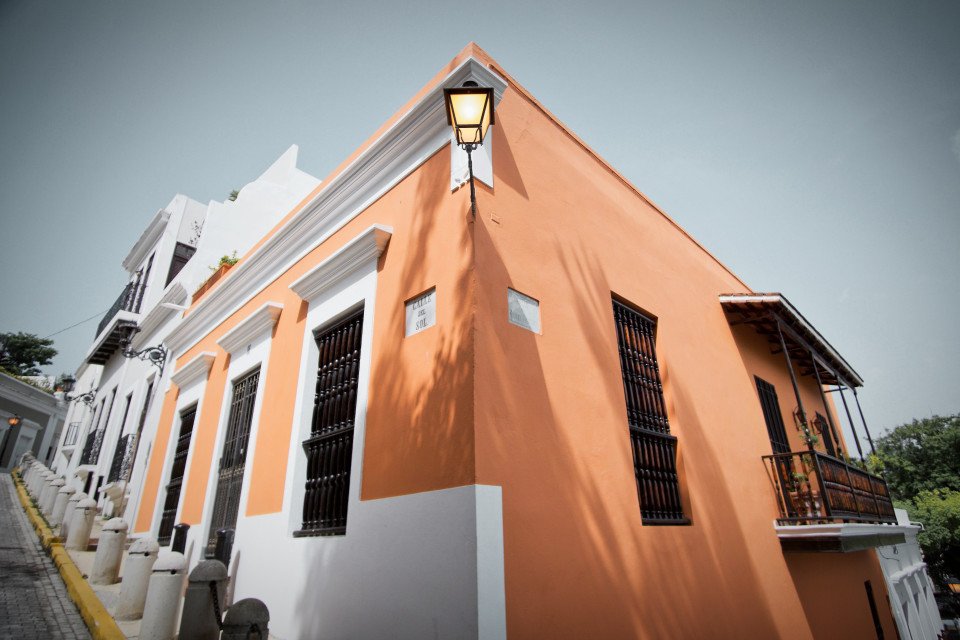
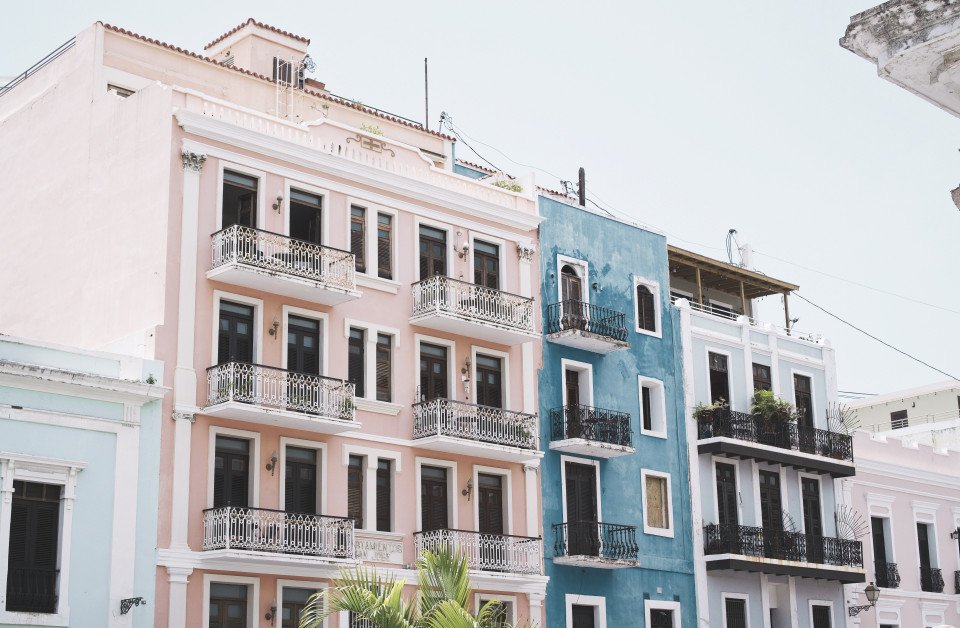
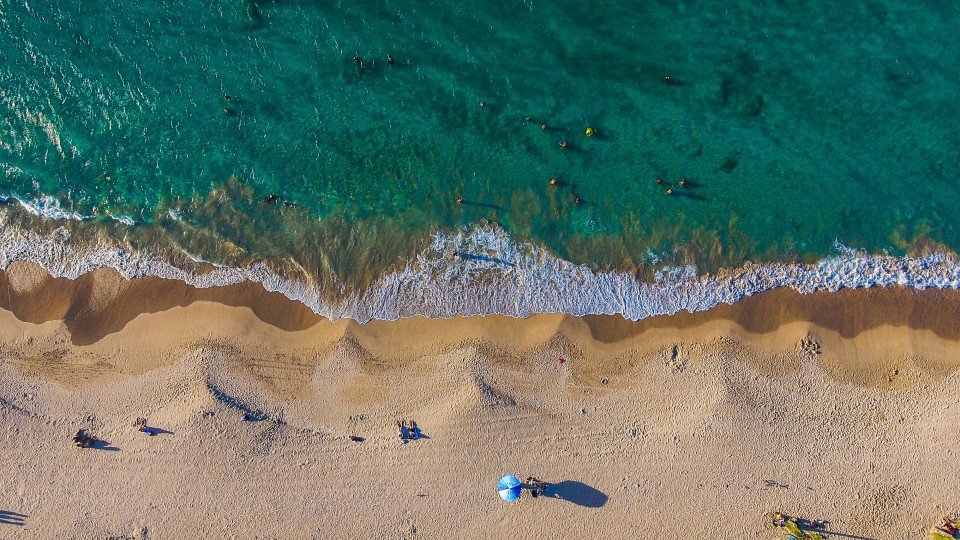
San Juan (Puerto Rico)
If you associate Puerto Rico's capital with the colonial streets of Old San Juan, then you know only part of the picture. San Juan is a major metropolis, radiating out from the bay on the Atlantic Ocean that was discovered by Juan Ponce de León. More than a third of the island's nearly 4 m... Read More
San Juan (Puerto Rico)
Tortola
Saint Kitts
Dominica
Saint George's
Bridgetown
At Sea
San Juan (Puerto Rico)
What's Included with
Princess Cruises
Delve into cuisines from across the globe with various dining options when you hop on-board a Princess Cruises ship. Enjoy exclusive cocktail receptions, deck parties, themed nights and entertainment throughout the day and into the evening. When you choose Princess Cruises for your next adventure you can enjoy peace of mind that you have everything you need when gliding the waves. Discover everything that a Princess Cruises sailing has to offer when you opt for an all-inclusive cruise holiday.
Accommodation
Entertainment throughout the day and evening
Use of swimming pools, hot tubs, fitness centre and leisure facilities where available
Return flights included from a choice of UK airports (fly cruise bookings only)
Room service from 6am to 11pm
Port taxes
Youth programmes for babies to 17-year-olds
Adult only areas
Exclusive cocktail receptions and deck parties on-board
Sailaway parties, themed nights and deck parties
Lemonade, water and iced tea available in selected venues
Shuttle service to and from ports and airport where available
Explore Grand Princess




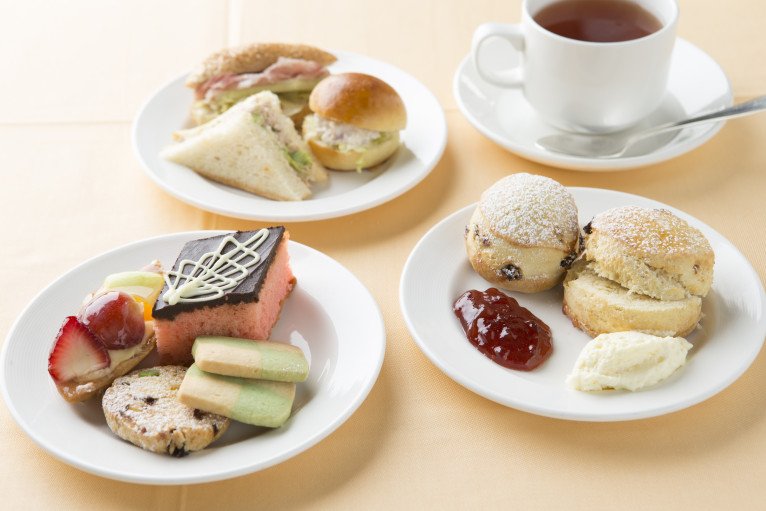



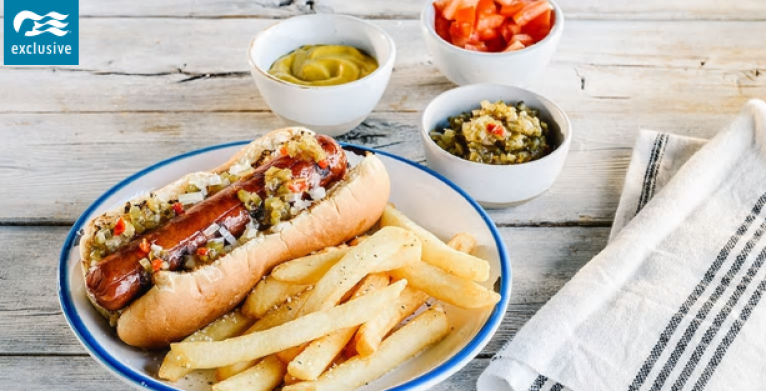
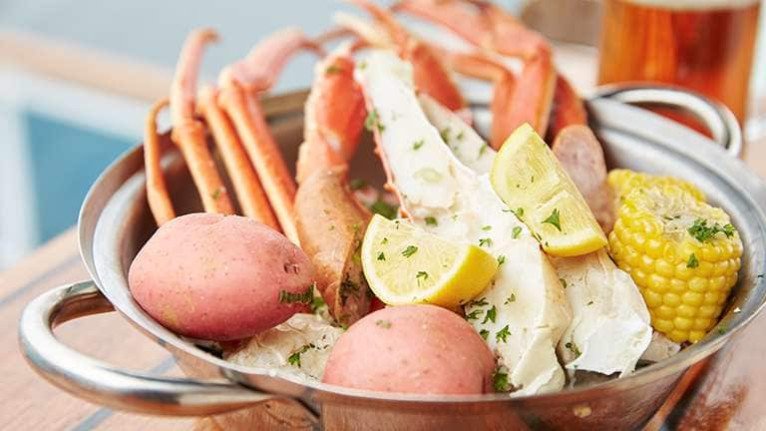
Sabatini's Italian Trattoria
Unique, handmade pasta courses, prepared fresh daily and treasured family recipes curated by our Italian chefs across the fleet inspire the menu at our acclaimed Italian speciality restaurant.



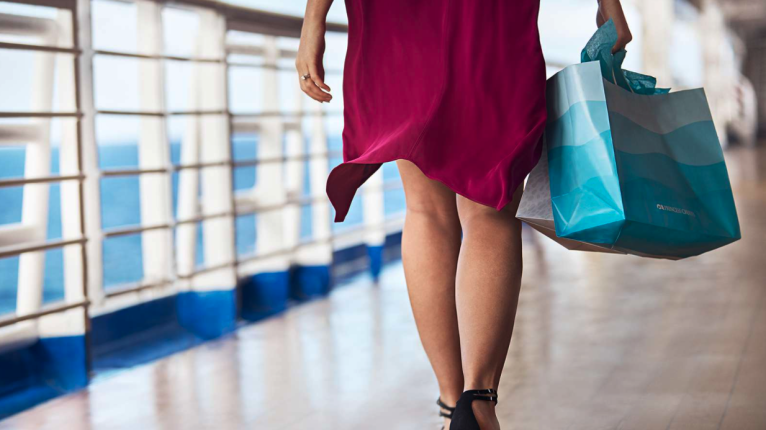


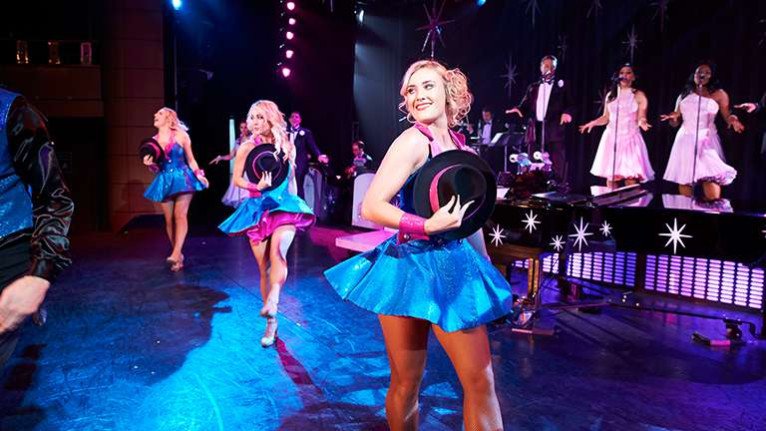
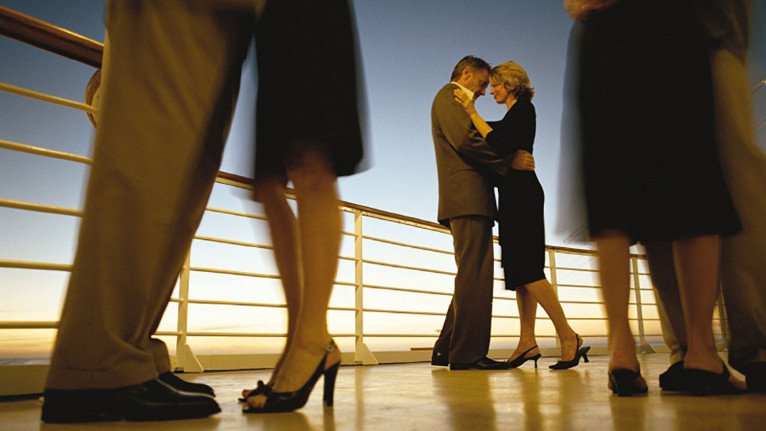
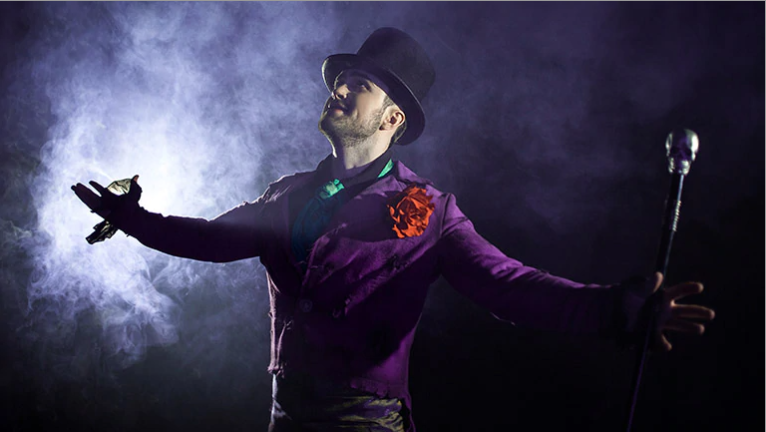
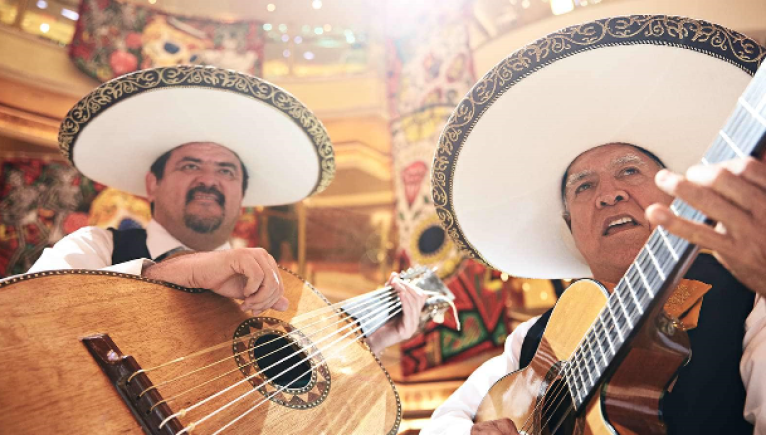
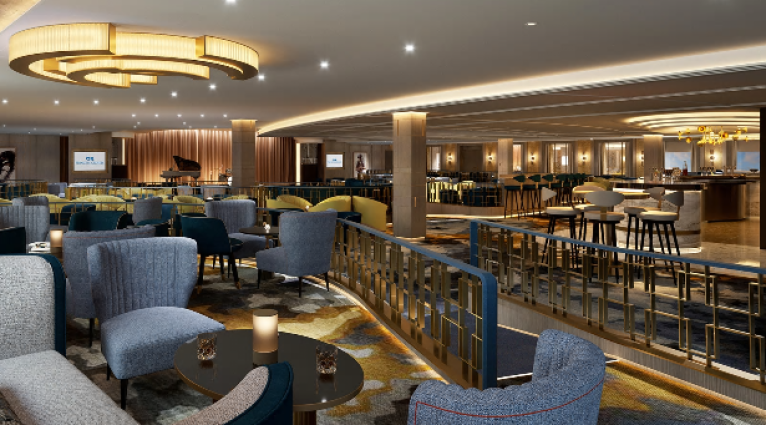
Princess Theatre
Broadway-Style Productions at Sea
With dazzling stage sets, artists from around the globe, modern hits and timeless classics, the Princess Theatre, our largest theatre yet, showcases lavish, original productions with dynamic cast members in sumptuous surroundings. In this ultramodern theatre, relax in a plush seat with unobstructed sight lines as the velvet curtain goes up, a state-of-the-art lighting system illuminates the stage, and it’s on with the show!

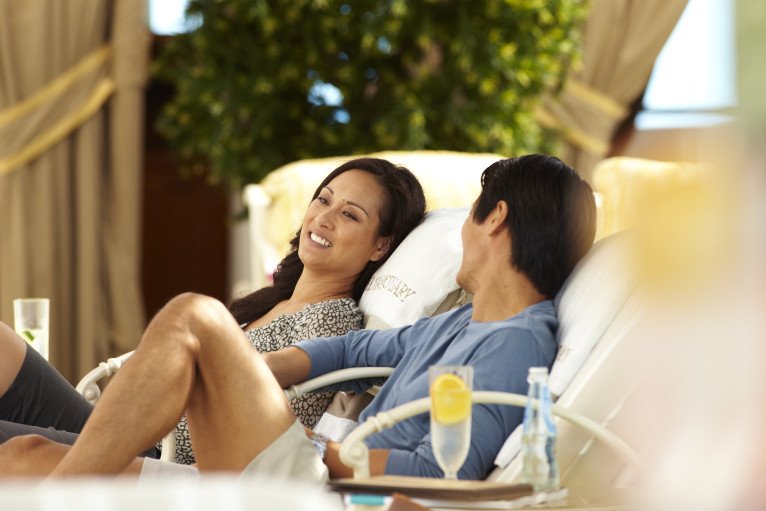
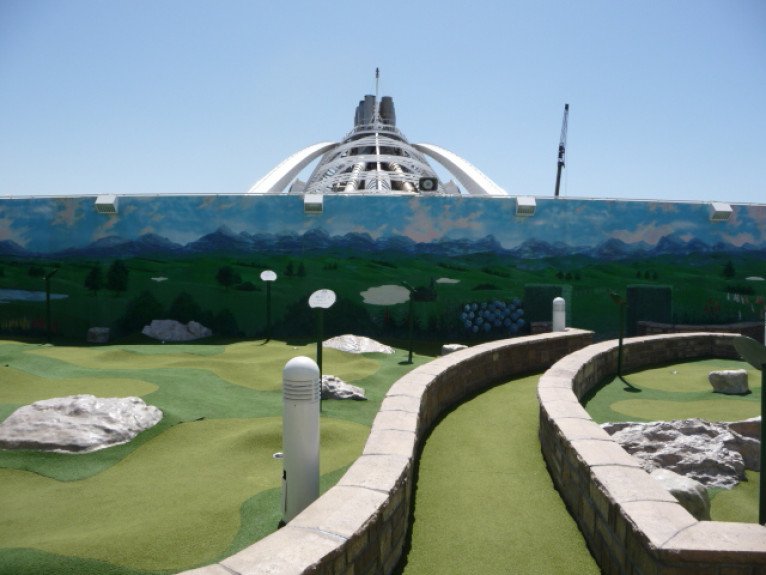

Freshwater Pools & Hot tubs
Soak in a World of Relaxation
Take a dip in our sparkling freshwater pools and leave your everyday world behind. Unwind on a padded lounger and soak up the sun, catch up on reading, listen to music or dream of your next adventure on board or ashore. And what better way to relax and revitalise after a day exploring the world than a long soak in one of our whirling hot tubs. And don’t forget, there is always a server nearby to bring you a refreshing cocktail or favourite beverage.
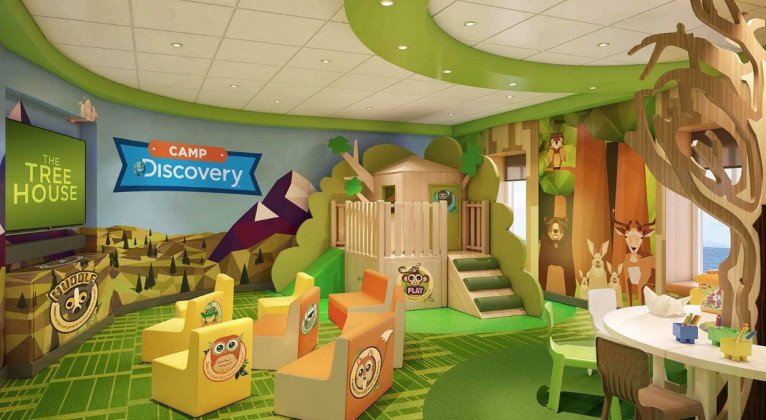
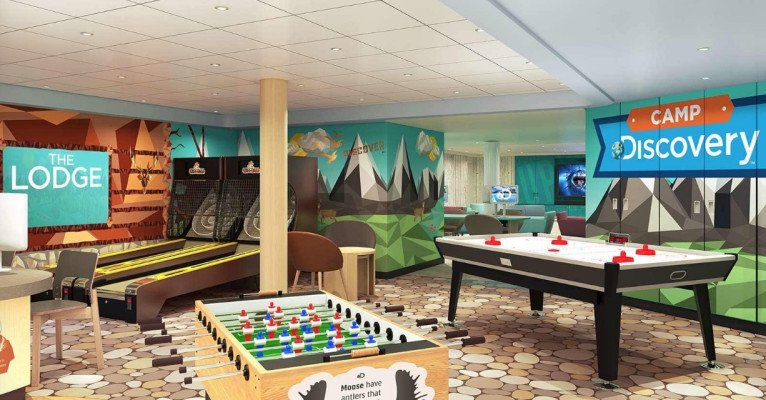

Just for Kids 3-7 The Treehouse
Explore the Treehouse
Even the littlest guests will delight in this whimsical, forest-themed world that inspires playtime and invites exploration. Kids, ages 3 to 7, can dance, enjoy pyjama movie nights, create art projects like Animal Planet™ puppets and masks or compete in a Lego® boat-building contest.
Deck 17/18 - Sky

- Sports Court
Deck 16 - Sports

- Crystal Dome
- Deck Chess Set
- Princess Links
- Shuffleboard
- Splash Pool
- The Oasis
- The Sanctuary
Deck 15 - Sun

- Beauty Salon
- Fitness Centre
- Lotus Spa
- Massage
- Movies Under The Stars
- Sauna
- Sea Breeze Bar
- Steam Room
- Teen Lounge
- The Conservatory
- The One5
- Wedding Chapel
- Youth Centre
- Aerobics
Deck 14 - Lido

- Al Fresco's Bar
- Calypso Bar
- Calypso Reef & Pool
- Coffee & Cones
- Horizon Court
- Horizon Terrace
- Neptune's Reef & Pool
- Slice
- THE MIX
- The Salty Dog Grill
- Trident Grill
- Interior Staterooms (x2 Wheelchair Accessible Rooms)
- Oceanview Staterooms
- Balcony Staterooms
- Suites
Deck 12 - Aloha

- Interior Staterooms (x2 Wheelchair Accessible Rooms)
- Balcony Staterooms (x4 Wheelchair Accessible Rooms)
- Suites
- Terrace Pool
Deck 11 - Baja

- Interior Staterooms (x2 Wheelchair Accessible Rooms)
- Balcony Staterooms (x4 Wheelchair Accessible Rooms)
- Suites
Deck 10 - Caribe

- Interior Staterooms (x2 Wheelchair Accessible Rooms)
- Balcony Staterooms (x4 Wheelchair Accessible Rooms)
- Suites
Deck 9 - Dolphin

- Interior Staterooms
- Balcony Staterooms
- Suites
- Mini-Suites (x2 Wheelchair Accessible)
Deck 8 - Emerald

- Interior Staterooms (x2 Wheelchair Accessible)
- Balcony Staterooms
- Oceanview Staterooms (x4 Wheelchair Accessible)
- Suites
- Mini-Suites
Deck 7 - Promenade

- Crooners Lounge & Bar
- Crown Grill
- Explorers Lounge
- Future Cruise Sales
- Leaves Tea Lounge & Library
- Meridian Bay
- Photo-Video Gallery
- Captain's Circle
- Princess Theatre
- Sabatini's Italian Trattoria
- Shore Excursions
- The Shops of Princess
- Vista Lounge
- Wheelhouse Bar
Deck 6 - Fiesta

- Botticelli Dining Room
- Da Vinci Dining Room
- Grand Casino
- Passenger Services
- Princess Theatre
- Snooker's Cigar Bar
- The Shops of Princess
- Suites (x1 Wheelchair Accessible Room)
Deck 5 - Plaza

- Art Gallery
- Bar Piazza
- International Café
- Internet Café
- Michelangelo Dining Room
- Vines Bar
- Alfredo's Pizzeria
- Interior Staterooms
- Oceanview Staterooms
Deck 4

- Medical Centre
Grand Princess Cabins & Suites

Interior Staterooms

Oceanview

Balcony






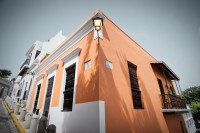
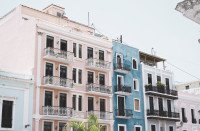
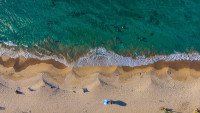
-custom_banner-thumb.jpg)



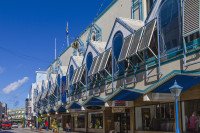
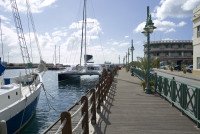
-custom_banner-banner_half.jpg)



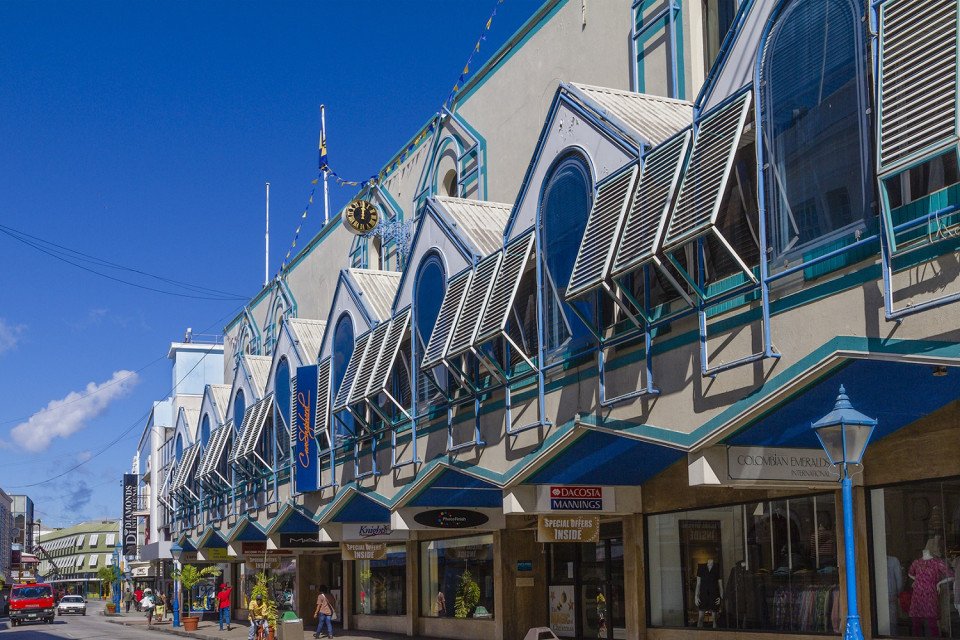
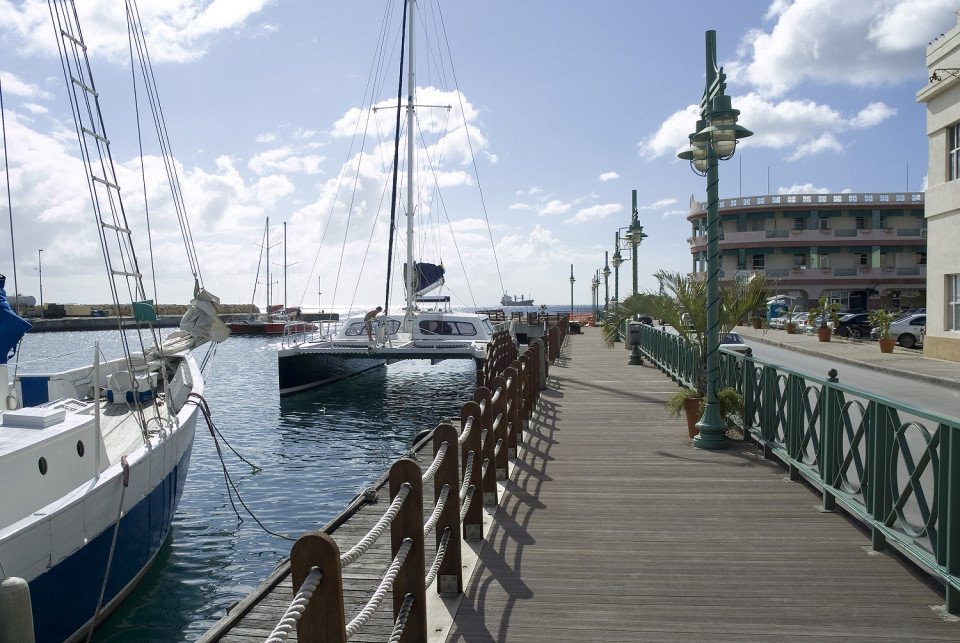








-large_thumb.jpg)









